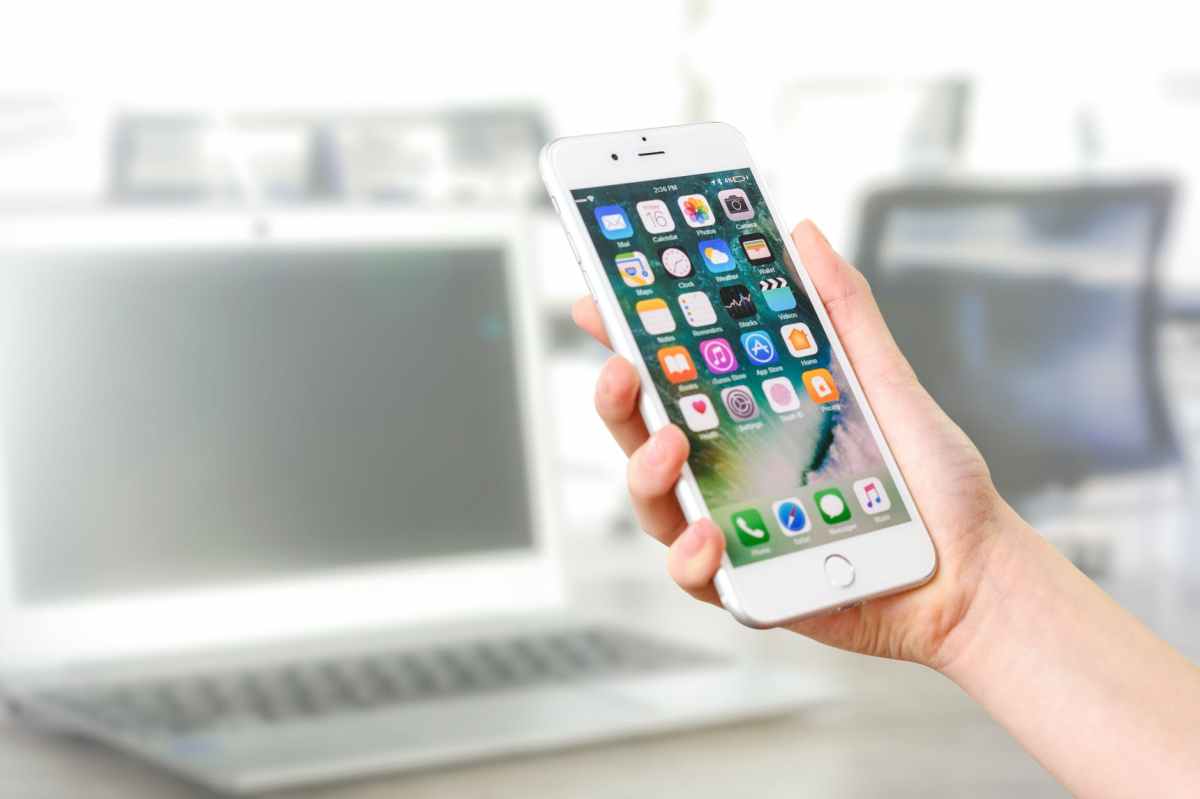Touch screens are everywhere, in our Phones, Computer, Tablets, even Atms. Yet, even though we are constantly tapping and swiping our screens all day the question how do touch screens work is one only a few of us can answer.
In this post I will provide an analysis to help you understand how the magical mystery of touch screens work.
but first;
The Basics
A touch screen is the combination of both a touch panel (for input) and a display device (for output).
The touch panel is normally layered on the top of an electronic visual display of an information processing system.
A user can give input or control the information processing system through simple or multi-touch gestures by touching the screen with a special stylus or one or more fingers.

Next:
Types Of Touch Screen
When you clicked this article you probably thought you’d find a single universal technology for all touch screens. However, it turns out there are many types of touch screens and many more are being researched everyday with each one having a unique makeup.
For this post we will focus on the most widely used touch screens which are;
- Capacitive Touch Screens.
- Resistive Touch Screens.
Capacitive Touch Screens.
Capacitive touch screen technology is the style we interact with most. This is the kind of display we see in our smartphones, laptops, and tablet screens.
Capacitive screens are made up of multiple layers of glass and plastic, coated with a conductor material like indium tin oxide or copper. This conductive material responds when contacted by another electrical conductor, like your bare finger.
When you touch your screen, an electric circuit is completed at the point where your finger makes contact, changing the electrical charge at this location. Your device registers this information as a “touch event.”
Once a touch event has been registered, the screen’s receptors signal this event to the operating system, prompting a response from your device. This is the application’s interface that you experience.
Capacitive touch screens generally have a brighter, clearer appearance and are much more sensitive than resistive touch screens.
Resistive Touch Screens.
Resistive touch screens work exactly how their name implies – with resistance to touch.
A glass or hard plastic layer is blanketed by a resistive metallic layer that conducts charge. The two are separated by spacers in the screen so that when your finger presses firmly on the plastic protective layer, the two layers make contact changing the electric charge at that location, which cues the software to respond.
Resistive screens are not as bright as capacitive because of their thick blue and yellow colored layers that make their interface appear darker than capacitive screens. You’ll often see resistive screens used on ATM machines, checkout stands, and POS (point of sale) terminals. They tend to be much more durable and affordable than capacitive screens, thanks to that hard plastic outer layer.

Which is Superior?
Each screen has strengths and weaknesses that make it a better choice for certain applications. Capacitive screens offer more flexibility in functionality as resistive screens lack the ability to register multiple touch points at the same time.
Think about when you zoom in on your smartphone – you’re using two fingers at different receptors to zoom in on an image. Resistive touch screens get confused when you try to apply multiple points to them, since their technology relies on recognizing pressure at a specific location.
Finger?…..But It Works In My Pocket!
True!
What touch displays detect differs depending on if the screen is capacitive or resistive.
Resistive screens rely on applied pressure which means that sometimes the tip of a pen or another object can initiate a response from the system. Capacitive touch screens use electrical conductors rather than pressure to recognize a command and respond
Capacitive touch screens appear to only work when in contact with your skin but that’s not entirely the case; capacitive screens actually depend on a specific amount of electrical charge to get a response from the operating system.
This means that other objects with the same charge as your bare finger could complete the same request when using your phone, tablet, or touch screen laptop. This is why touch screens respond to styluses, special gloves, and the occasional pocket-dial.
Curious?
If you are up for it feel free to check out the other types of touch screens which are:
- Infrared
- Surface Acoustic Wave
- Near Field Imaging
- Light Pens

